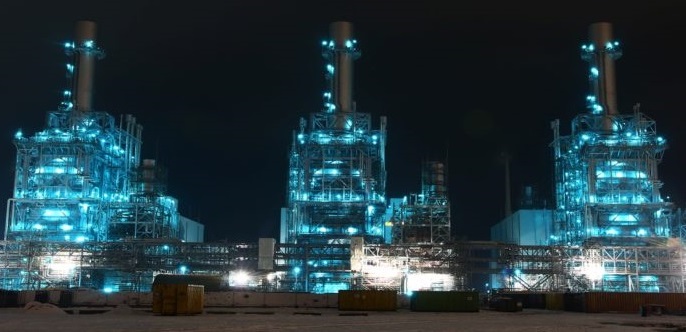Driven by ambitious CO2 reduction targets and increasing production of renewable energy (e.g., wind and solar), parties in the energy sector, together with chemical industries, are looking for innovative ways to produce CO2-free ammonia and use this ammonia to balance supply and demand without having to revert to fossil-fuel-based generation of electricity. Now, a feasibility study concluded by the ISPT and its partners in the Power to Ammonia (P2A) project shows that the electrochemical production of ammonia from renewable energy is a likely option and also offers a very promising solution for large-scale seasonal storage and import of renewable energy.

The idea is simple: at times when or at locations where there is a surplus of renewable energy, it can be converted via electrolysis into hydrogen and finally into ammonia. Ammonia can be stored and transported as a liquid. Thanks to its high energy density, transportation and storage of ammonia in large volumes is more feasible than, say, hydrogen. What’s more, the chemical industry can use this ammonia as a renewable feedstock for the production of fertilizers and other products. Applications could even include wind turbines that provide electricity solely for the sustainable local production of ammonia. Such facilities do not need to be linked to the electrical grid, which would eliminate the need for expensive power cables.
“The great thing about this project is that it brings together all relevant parties in the value chain,” says Hans Wiltink of ISPT, leader of the P2A project, which ran for a year. “Innovations like this cannot be brought about by just one or two players. Agreements need to made on the technology, the business case, financing, and the way in which parties collaborate in the chain. Who is going to play which role? The renewable energy generated needs to be transported, converted into ammonia, stored, and finally used again as chemical feedstock or fuel for a power plant – it’s a long chain, involving many different companies and new types of collaboration.”
The feasibility study included a business case in an industrial setting at the new high-efficient gas-fired Magnum power plant operated by energy provider Nuon in Eemshaven, in the north of the Netherlands. The aim of this case study was to find out whether ammonia from renewable energy could be used as an alternative fuel to natural gas to generate electricity in the plant. “As an energy company, Nuon is very interested in carbon-free fuels for our plants, as well as new ways of storing electricity,” says Geert Laagland, Head of Engineering at Nuon. “By storing local surpluses of renewable energy in ammonia, we can turn our power plant into a sustainable super battery. In addition, we’re interested in the option of importing sustainably produced ammonia from renewable electricity sources in remote locations. Another option is to produce CO2-neutral ammonia from natural gas near remote gas fields and inject the CO2 back into the subsurface nearby these fields.”
Ammonia produced from renewable energy can also help the energy-intensive chemical industry to move towards more sustainable ways of working. “If we can use ‘renewable’ ammonia as the primary feedstock for our fertilizer and melamine production, we can significantly reduce our CO2 footprint,” says Ruud Swarts, Technology Manager at OCI Nitrogen. “Electrolysis can currently not compete with conventional ammonia production. However, the P2A study has shown that the technology could be competitive in 10 to 15 years’ time, particularly if current trends such as increasing renewable electricity production and rising CO2 prices can be combined with innovative business models. Of course, there are still many hurdles to be overcome. By setting up pilots for this new technology, we can identify these and find ways to solve them.”
You can read the full report here.
